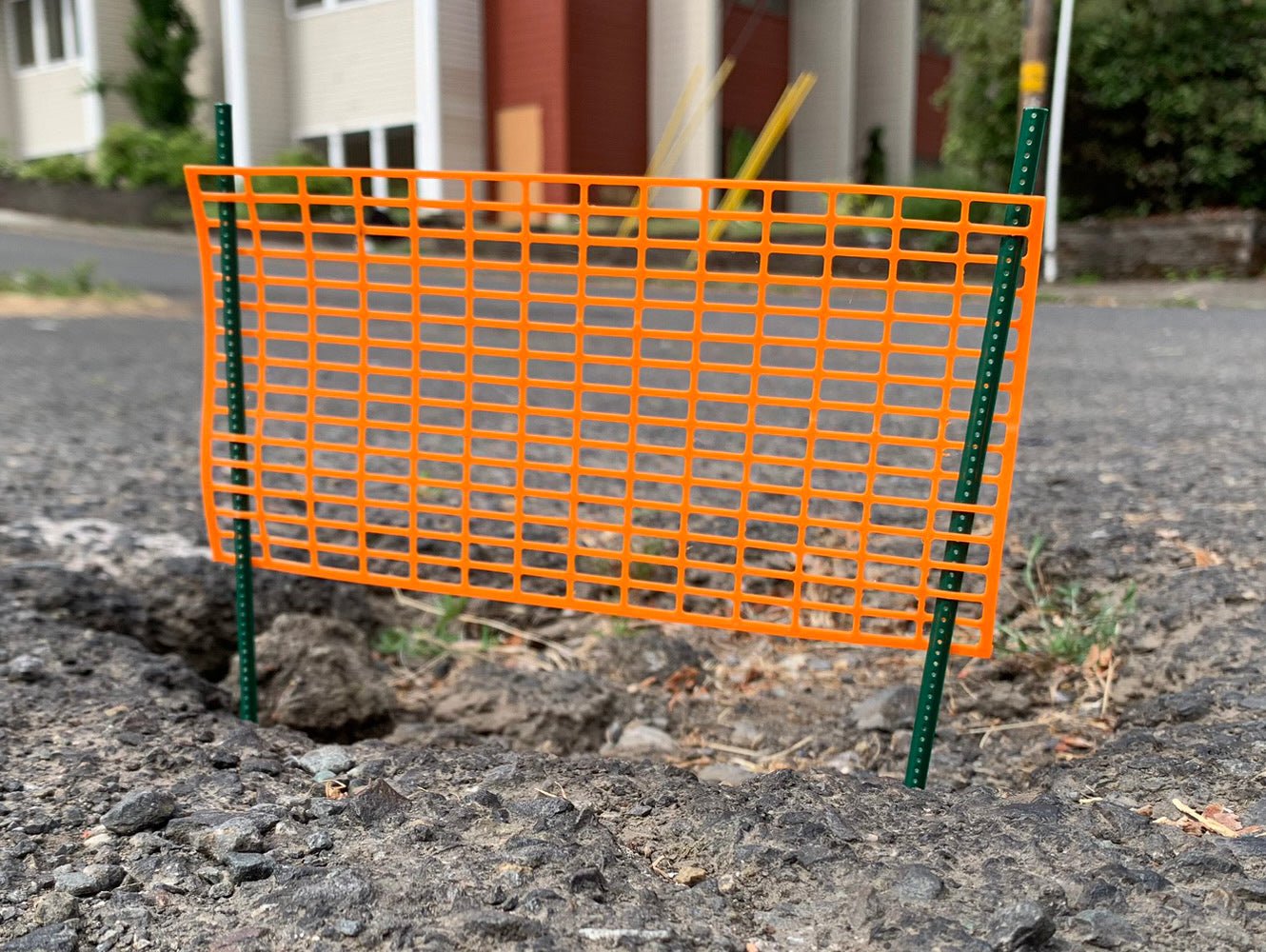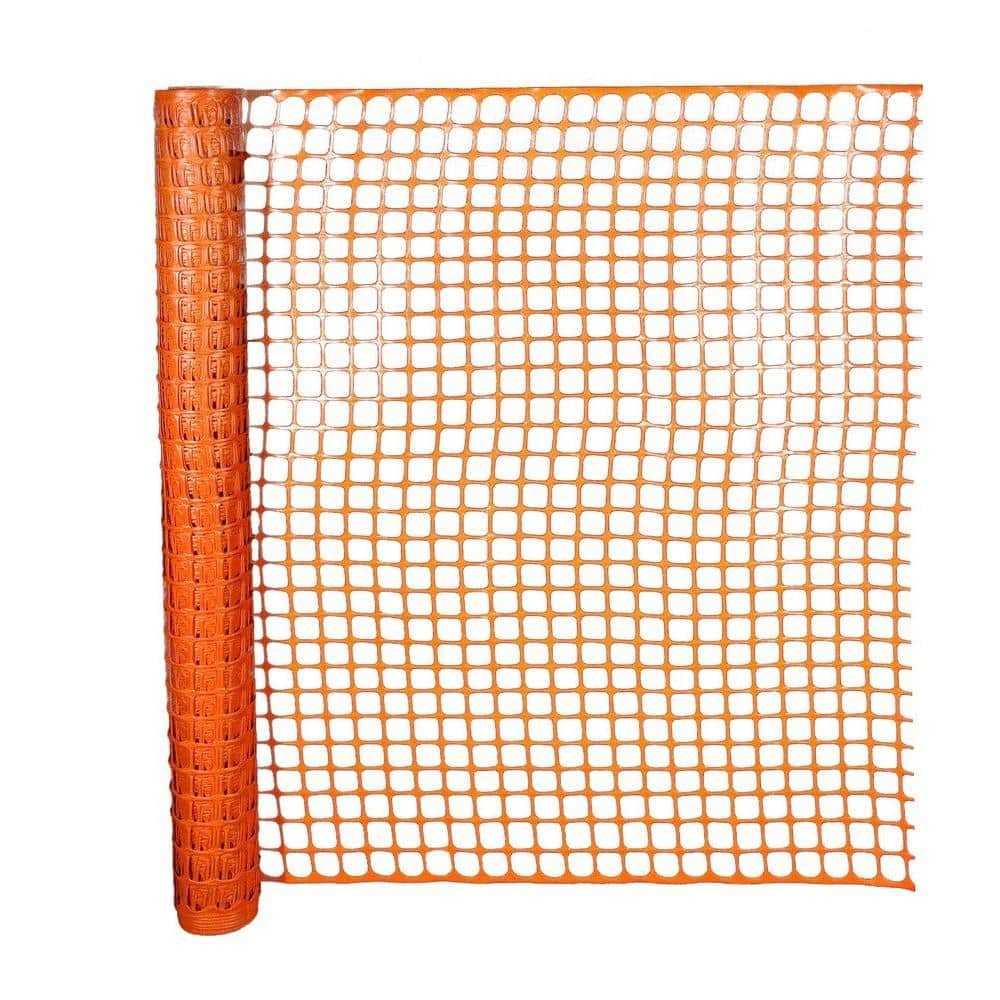The Ubiquitous Orange: A Deep Dive into construction Fencing
Orange construction fencing, a common sight in urban and suburban landscapes, plays a crucial role in ensuring public safety and managing construction site perimeters. This seemingly simple barrier serves a multitude of purposes, from preventing unauthorized access to hazardous areas to directing pedestrian and vehicular traffic. Let’s delve into the world of orange construction fencing, exploring its various aspects.
A Brief History of Construction Fencing
While the exact origins of orange construction fencing are difficult to pinpoint, its widespread use can be traced back to the mid-20th century. As construction activity increased in the post-war era, the need for effective site management and safety measures grew. Orange, being a highly visible color, was chosen for its ability to attract attention and convey a sense of caution. Over time, orange construction fencing has become an industry standard, recognized and understood by workers and the public alike.
Types of Orange Construction Fencing

Orange construction fencing comes in various forms, each designed for specific applications:
The Importance of Color

The vibrant orange color of construction fencing is not arbitrary. It is specifically chosen for its high visibility, standing out against various backgrounds and alerting people to Potential hazards. Orange falls within the visible spectrum that is most easily perceived by the human eye, making it highly effective in grabbing attention, even in low-light conditions.
Functions and Applications
Orange construction fencing serves a variety of functions, including:
Installation and Maintenance
Proper installation is crucial for the effectiveness of orange construction fencing. The fencing should be securely anchored to the ground using appropriate posts and fixings, ensuring it can withstand wind, weather, and accidental impacts. Regular inspection and maintenance are also necessary to identify and repair any damage, ensuring the fencing remains intact and functional.
Regulations and Standards
In many jurisdictions, the use of orange construction fencing is governed by regulations and standards. These may specify requirements for the height, strength, and placement of fencing, as well as the use of reflective materials or lighting for nighttime visibility. Adhering to these regulations is essential for ensuring safety and avoiding potential penalties.
The Future of Construction Fencing
As technology advances, the future of orange construction fencing may see further innovations. This could include the integration of smart features such as sensors or cameras to monitor site conditions or enhance security. The development of more sustainable materials and manufacturing processes could also contribute to reducing the environmental impact of construction fencing.
Conclusion
Orange construction fencing, though often overlooked, plays a vital role in maintaining safety and order in construction environments. Its high visibility, versatility, and ease of use make it an indispensable tool for managing site perimeters, protecting the public, and ensuring the smooth progress of construction projects. As construction practices evolve, orange construction fencing is likely to remain a ubiquitous and essential element of the urban and suburban landscape.
orange construction fencing
